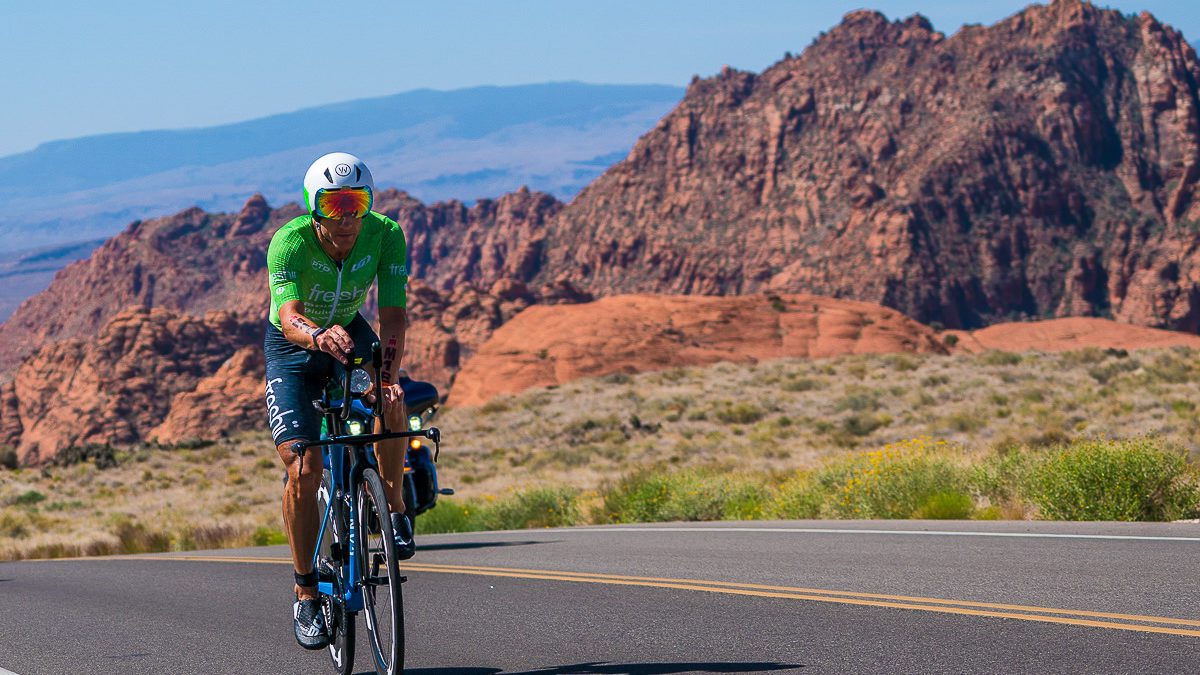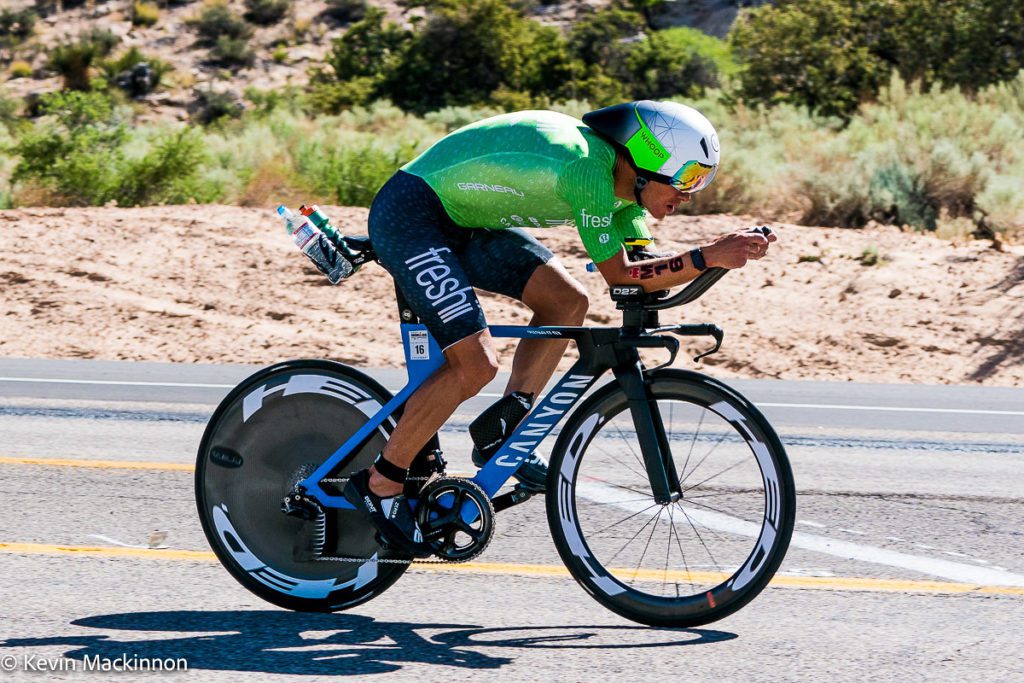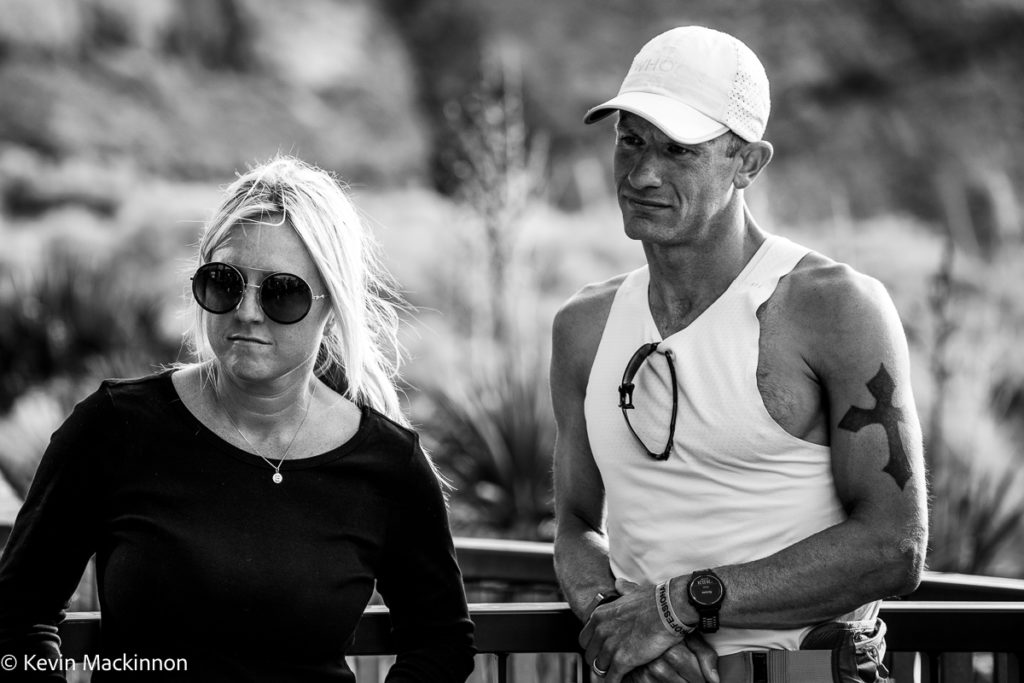5 Keys to Lionel Sanders’ success at the Ironman World Championship St. George
A lighter bike and a returning to an old training approach were just some of the keys to the Canadian's runner-up finish in St. George
 Photo by:
Kevin Mackinnon
Photo by:
Kevin Mackinnon
Triathlon Magazine Canada: Was the huge sprint in Oceanside just practice for the race here in St. George?
Lionel Sanders: I fully intended to win Oceanside. The only thing I did practice in Oceanside was on the old UCI (legal) bike. I did put that in action in Oceanside because I knew I wanted to use it in this race – it’s three pounds lighter. The hydration system I had in place was a nightmare, so it was good that it happened there. If it had happened here – game over. I figured out how to use that bike with gorilla cages and I used some velcro in my frame bottle so it didn’t pop off. All these problems that I had – it was a hard lesson, but I learned it in Oceanside.

When we chatted with Talbot Cox (Sanders’ close friend and videographer) out on the bike, he was worried, but we felt you had things under control and looked great.
I told Erin before ‘I am going to make some decisions that are going to be alarming to you guys.’ I knew that they were going to be a bit fearful when they saw Wurf, Long and me a few minutes down. I had a very large suspicion that an individual time trial, if the pace was too hot on the front, would result in my best performance. When you have a strategy, you should stick to it and be satisfied with the outcome. And I am, and I would be even if I finished 20th.
What’s changed for you over the last eight or nine months?
“These guys laughed at me – Mikal and the rest of the Norwegians. They said ‘You couldn’t be training any worse.’ The last five years I was training as bad for Ironmans as you could – if you could write a training plan that was the worst for Ironmans, that’s what I was doing. From a lactate-production standpoint, from an anaerobic glycolysis standpoint. So I had a lot to gain quickly. It’s not like I never had it before. In 2015, 2016, 2017 I was doing quite similar stuff. I went down the polarized pathway too far, I took it to the extreme. At the end of the day there’s a reason why people have been doing things, the same stuff, for years. I’m one of those guys, I’m always trying to tinker with stuff. I had to take that control out of my hands and give it to someone who knows what they are doing. That’s the major change.
Extremes is my thing, but I am starting to understand my personality after doing this for 12 years and I am putting safety valves in place to ensure my tendencies don’t come out. The big one for this was using the old bike. The team was a bit leery of that, but I had the third-fastest bike split, I believe, I was doing work on the hills. I knew that was where I was going to make time. I had a three-pound advantage on the bike, I was pushing less power to do it.

How important is the team you’ve got around you – your wife Erin, Talbot, Mikal Iden (coach) and Patrick Lemieux (manager)?
It’s the most important piece of the puzzle. I do the easy part. I love training, I love racing. Now I’ve got people doing all the important things – writing the training programs, telling me where I need to be, etc. They make this go around. I wouldn’t be doing well if it wasn’t for the team.
You seem like you are in a good place right now
I’ve made my hobby my profession. I won’t do this forever. I’m having fun with growth, I’m having fun with the journey. I’m not going to do this forever. Triathlon is an outlet to find out how far I can go. This is where I started, this is where I became who I am in this sport, and I think in two or three years, when I reach my peak, I’ll look to do something else and continue this … I want mastery. When I feel like I’ve mastered this thing, I’ll look for something else.
